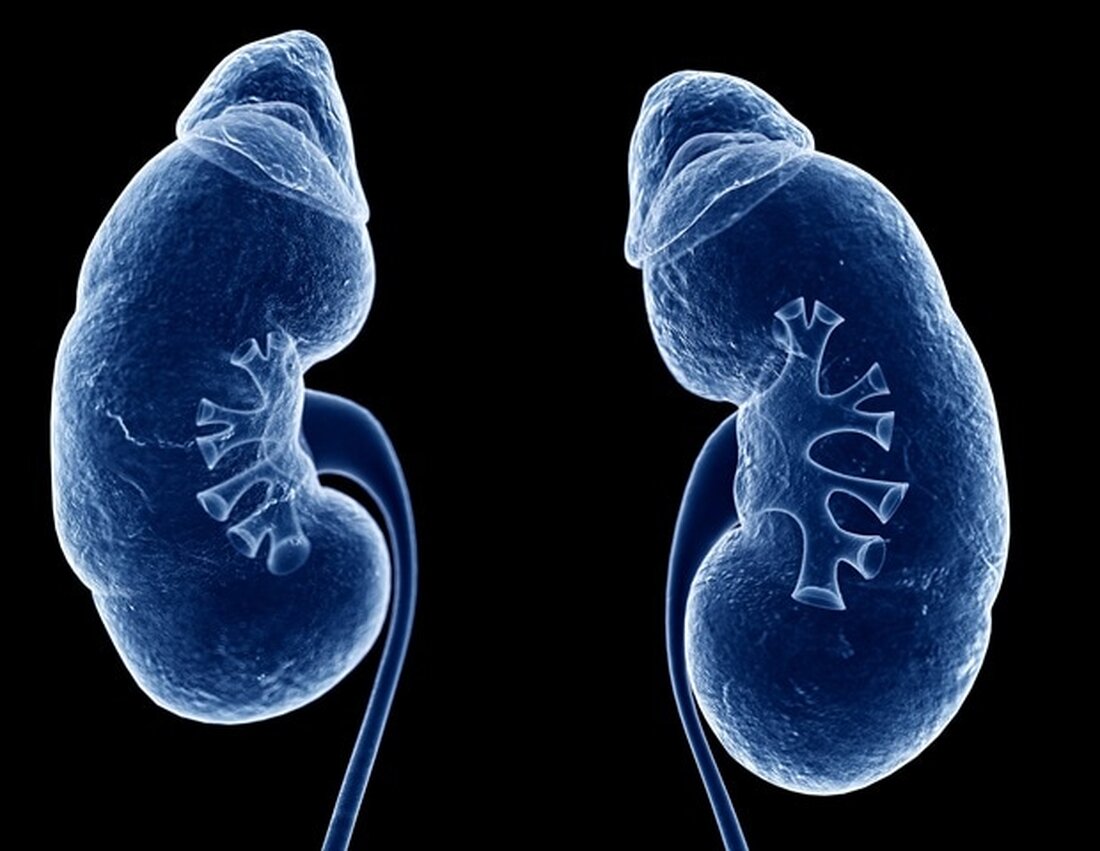A new technique may help move or break up kidney stones with minimal pain and without anesthesia
A new technique that combines the use of two ultrasound technologies could provide a way to remove kidney stones from the ureter with minimal pain and without anesthesia, according to a new feasibility study published today in the Journal of Urology. During the procedure, the doctor uses a hand-held transducer placed on the skin to direct ultrasound waves at the stone. The ultrasound can then be used to move and reposition the stones to promote their passage, a process called ultrasonic propulsion, or to break up the stone, a technique called burst-wave lithotripsy (BWL). In contrast...

A new technique may help move or break up kidney stones with minimal pain and without anesthesia
A new technique that combines the use of two ultrasound technologies could provide a way to remove kidney stones from the ureter with minimal pain and without anesthesia, according to a new feasibility study published today in the Journal of Urology.
During the procedure, the doctor uses a hand-held transducer placed on the skin to direct ultrasound waves at the stone. The ultrasound can then be used to move and reposition the stones to promote their passage, a process called ultrasonic propulsion, or to break up the stone, a technique called burst-wave lithotripsy (BWL).
Unlike shock wave lithotripsy, which is currently the standard procedure and requires sedation, this technology does no harm, said lead author Dr. M. Kennedy Hall, a UW Medicine emergency room physician. “It is virtually painless and can be performed while the patient is awake and without sedation, which is crucial.”
The research team hopes that with this new technology, the procedure for moving or breaking up the stones could eventually be performed in a clinic or emergency room, Hall added.
Stones in the ureter, which runs from the kidney to the bladder, can cause severe pain and are a common reason for a visit to the emergency room. Most patients with ureteral stones are advised to wait and see if the stone disappears on its own. However, this observation period can last weeks, with nearly a quarter of patients eventually requiring surgery, Hall noted.
One in 11 Americans will have a urinary stone during their lifetime. The incidence appears to be increasing, according to a UW Medicine study using the same technology. According to the study, up to 50% of patients with a stone event experience a recurrence within five years.
Hall and colleagues evaluated the new technique to address the need for a way to treat stones without surgery.
The study is designed to test the feasibility of using ultrasound propulsion or using BWL to break up stones in awake, unanesthetized patients, Hall said.
29 patients took part in the study. Sixteen were treated with propulsion alone and 13 with propulsion and burst wave lithotripsy. The stones moved in 19 patients. In two cases, the stones migrated from the ureter into the bladder.
In seven cases the stones were fragmented by burst wave lithotripsy. At a two-week follow-up, 18 of 21 patients (86%) whose stones were deeper in the ureter, closer to the bladder, had passed their stones. In this group, the average time to stone passage was about four days, the study said.
One of these patients experienced “immediate relief” when the stone was dislodged from the ureter, the study said.
The next step for researchers would be to conduct a clinical trial with a control group that would not receive BWL bursts or ultrasound propulsion to evaluate the extent to which this new technology may aid stone passage, Hall said.
Development of this technology began five years ago when NASA funded a study to investigate whether kidney stones could be moved or broken without anesthesia on long space flights like the Mars missions. The technology worked so well that NASA downgraded kidney stones as a major problem.
We now have a possible solution to this problem.”
Dr. M. Kennedy Hall, UW Medicine emergency medicine physician
This study began in 2018 and was conducted on patients at Harborview Medical Center, University of Washington Medical Center-Montlake and the Northwest Kidney Stone Center at University of Washington Medical Center-Northwest. The Departments of Emergency Medicine, Urology and Radiology at the University of Washington School of Medicine and the UW Applied Physics Laboratory were involved.
Other UW Medicine studies examined the fragmentation of kidney stones in the kidneys. This is the first attempt to move or break apart the stones in the ureter using BWL, Hall said.
Source:
University of Washington School of Medicine/UW Medicine
Reference:
Kennedy Hall, M., et al. (2022) First series of ultrasonic propulsion and burst wave lithotripsy for the treatment of ureteral stones. The Journal of Urology. doi.org/10.1097/JU.0000000000002864.
.

 Suche
Suche
 Mein Konto
Mein Konto
